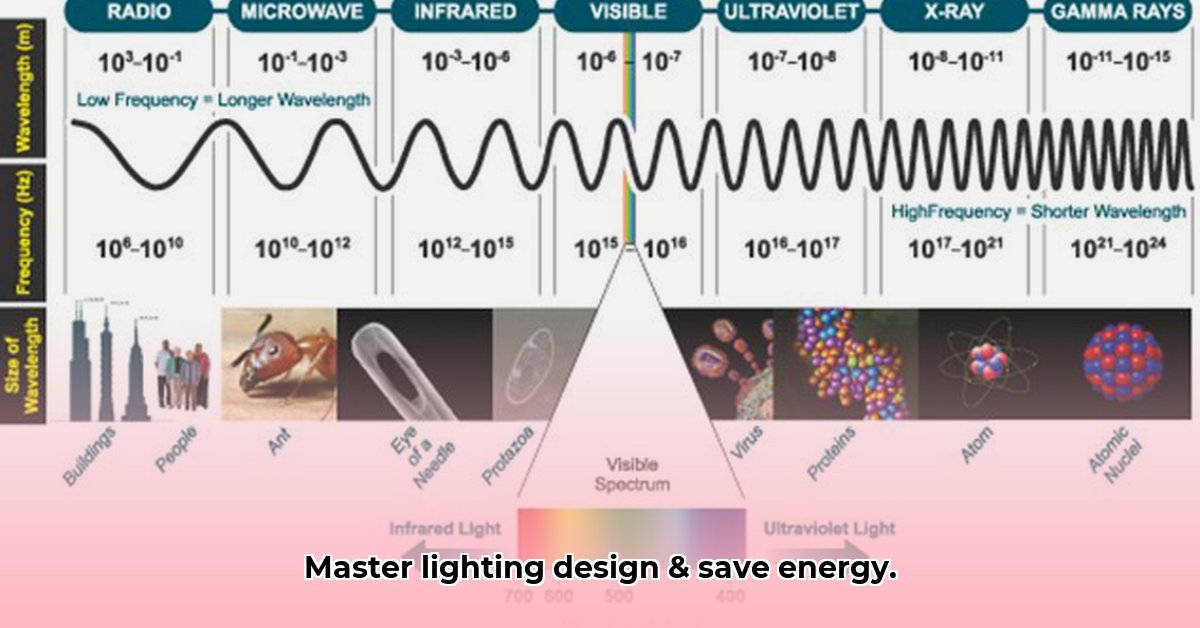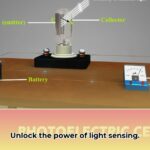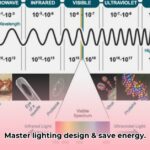The Power of Light: Transforming Spaces and Experiences
Lighting is far more than just illumination; it’s the art and science of shaping environments, influencing moods, and enhancing our daily lives. From the warm embrace of a cozy living room to the focused beam illuminating a surgeon’s precision, light plays a crucial role in how we perceive and interact with the world. This guide explores the fascinating realm of lighting, delving into its diverse forms, design principles, cutting-edge technologies, and the profound impact it has on our well-being.
Exploring the Spectrum of Light Sources
Understanding the strengths and weaknesses of various light sources is paramount for making informed decisions about your lighting design. Let’s illuminate the key players:
Incandescent Bulbs: These once-ubiquitous bulbs produce light by heating a filament until it glows. While offering a warm, nostalgic glow, incandescent bulbs are notoriously inefficient, converting only a small fraction of energy into light while dissipating the rest as heat. Their short lifespan further contributes to their declining popularity.
Halogen Lamps: A refined version of incandescent technology, halogen lamps enclose the filament in a halogen gas, allowing for a higher operating temperature and increased efficiency. While offering a brighter, whiter light and longer lifespan compared to traditional incandescent bulbs, they still fall short of modern energy-saving alternatives.
Fluorescent Lights: These energy-efficient tubes utilize electricity to excite mercury vapor, which emits ultraviolet (UV) light. This UV light then interacts with a phosphor coating inside the tube, converting it into visible light. Fluorescent lights boast a significantly longer lifespan and higher energy efficiency than incandescent bulbs. However, they contain mercury, a hazardous substance requiring careful disposal, and their light quality can sometimes appear harsh or unnatural.
Compact Fluorescent Lamps (CFLs): A more compact and energy-efficient alternative to traditional fluorescent tubes, CFLs offer similar benefits but in a smaller form factor. While CFLs are a step towards sustainability, concerns about mercury content and warm-up time have led to the rise of even more advanced technologies.
Light Emitting Diodes (LEDs): These semiconductor devices represent a revolution in lighting technology. LEDs convert electricity directly into light, achieving unparalleled energy efficiency and longevity. They offer a wide range of color temperatures, dimming capabilities, and design flexibility, making them the leading choice for modern lighting applications.
Illuminating Design Principles: Shaping Atmosphere and Function
Effective lighting design transcends mere illumination; it’s a nuanced interplay of artistry and engineering, balancing functionality with aesthetics. Key principles to consider include:
Layering Light for Depth and Dimension
Creating a balanced and dynamic lighting scheme involves layering different types of light:
Ambient Lighting: The foundation of any lighting plan, ambient lighting provides overall illumination, setting the mood and atmosphere of a space. It ensures safe navigation and creates a comfortable backdrop for daily activities.
Task Lighting: Focused and directed, task lighting illuminates specific areas where visual clarity is essential, such as reading nooks, kitchen countertops, or workspaces. It minimizes eye strain and enhances productivity.
Accent Lighting: Adding drama and visual interest, accent lighting highlights architectural features, artwork, or decorative elements. It creates focal points and adds depth to a space.
Color Temperature: Evoking Mood and Ambiance
Color temperature, measured in Kelvin (K), dramatically influences the perceived warmth or coolness of a space:
Warm White (2700-3000K): Resembling the warm glow of incandescent bulbs, this color temperature creates a cozy and inviting atmosphere, ideal for living rooms, bedrooms, and dining areas.
Cool White (3500-4100K): Crisp and invigorating, cool white light promotes focus and concentration, making it suitable for kitchens, bathrooms, and workspaces.
Daylight (5000-6500K): Mimicking natural daylight, this color temperature enhances visibility and alertness, making it ideal for task-oriented spaces or areas where accurate color rendering is crucial.
Light Distribution: Shaping Perception and Functionality
The way light is distributed within a space significantly impacts its overall feel and usability:
Direct Lighting: Focused downwards, direct lighting provides efficient illumination for task areas but can create harsh shadows.
Indirect Lighting: Bouncing light off ceilings or walls, indirect lighting creates a softer, more diffused illumination, minimizing shadows and glare.
Diffused Lighting: Scattering light evenly, diffused lighting creates a uniform and comfortable ambiance, minimizing harsh contrasts.
Lighting Technologies: Illuminating the Future
Advancements in lighting technology are constantly evolving, offering exciting possibilities for energy efficiency, control, and customization:
Smart Lighting: Integrating with smart home systems, smart lighting allows for remote control, scheduling, and automation, optimizing energy consumption and personalizing lighting experiences.
Human-Centric Lighting: Mimicking the natural rhythms of daylight, human-centric lighting adjusts color temperature and intensity throughout the day, promoting well-being and circadian rhythm regulation.
Lighting Different Spaces: Tailoring Illumination for Purpose
Each space has unique lighting requirements, demanding a tailored approach to achieve optimal functionality and aesthetics. Consider the following:
Residential Lighting
Living Rooms: Combine ambient lighting from recessed or track lights with task lighting from floor or table lamps, and accent lighting to highlight artwork or architectural features.
Kitchens: Prioritize task lighting under cabinets and over countertops, complemented by ambient lighting from ceiling fixtures and pendant lights over islands.
Bedrooms: Create a relaxing ambiance with warm white light from bedside lamps and overhead fixtures, incorporating dimmer switches for personalized control.
Bathrooms: Combine bright, even lighting around the vanity mirror with softer ambient lighting for the rest of the space.
Commercial Lighting
Offices: Balance bright task lighting for workspaces with softer ambient lighting to reduce eye strain and promote productivity.
Retail Spaces: Utilize track lighting and accent lighting to highlight merchandise and create an engaging shopping experience.
Hospitality: Create welcoming and comfortable atmospheres with layered lighting, using warm white light and accent lighting to enhance ambiance.
Choosing the Right Fixtures: The Finishing Touch
Selecting appropriate lighting fixtures is the final step in creating a well-designed lighting scheme:
Style and Aesthetics: Choose fixtures that complement the overall design style of the space, considering material, finish, and form.
Light Source Compatibility: Ensure compatibility between the fixture and the chosen light source (incandescent, halogen, fluorescent, CFL, or LED).
Functionality: Consider the fixture’s purpose (ambient, task, or accent) and choose appropriate light distribution patterns.
Energy Efficiency: Opt for energy-efficient fixtures and light sources to minimize energy consumption and reduce operating costs.
By understanding the principles of lighting design and embracing the latest technologies, we can harness the power of light to transform spaces, enhance experiences, and improve our lives.
- Unlock Filipino Culture: A Deep Dive into Traditions and Practices - April 23, 2025
- Unlock Spanish Culture: Insights & Opportunities Now - April 23, 2025
- White Spirit Uses & Substitutes: A Deep Dive for Pros & DIYers - April 23, 2025
















